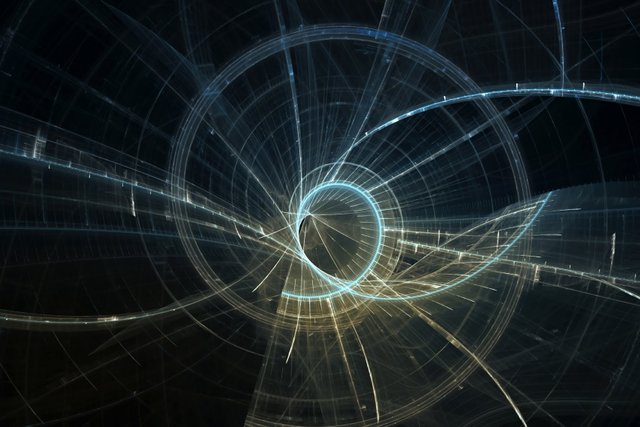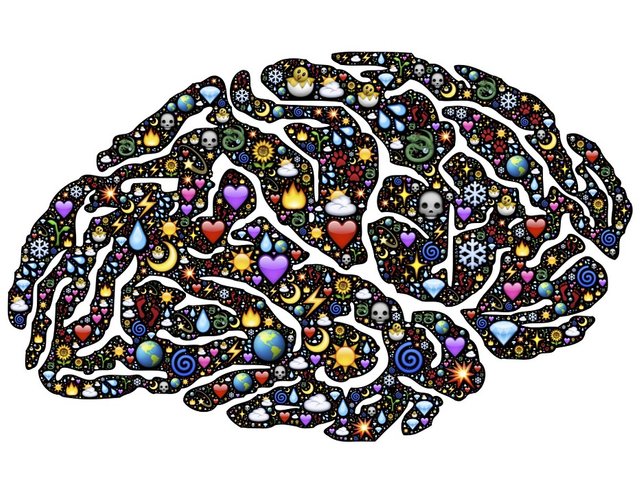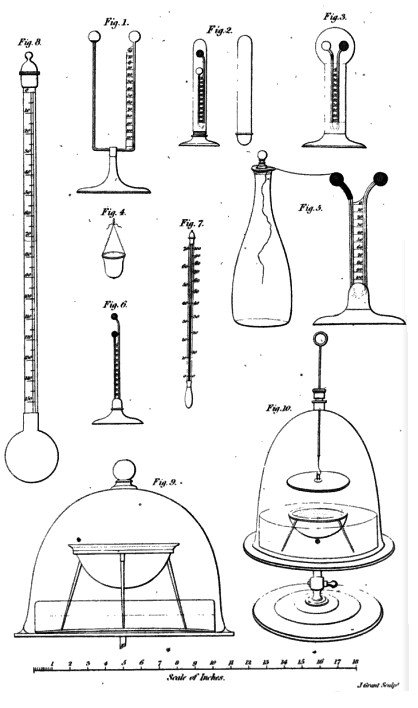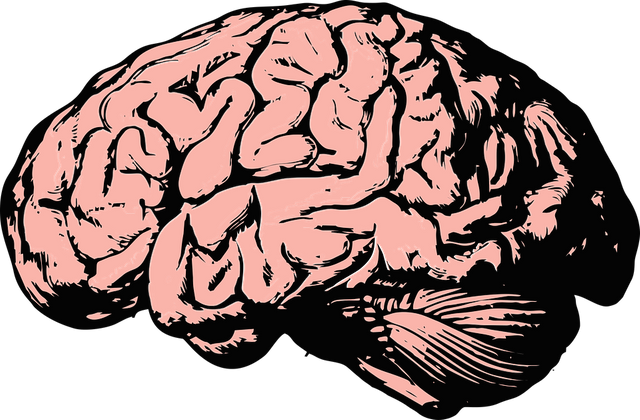Can the Human Brain collapse Quantum Mechanics? - Part 1
According to Quantum Mechanics, a single particle exists as a superposition of possibilities described by a linear wavefunction or, as Fred Kuttner describes; “as several mathematical possibilities rather than one actual object” (Kuttner, 2011). This theory has been widely accepted since the Solvay conference on New Quantum Theory in 1927, in a similar nature to the speed of light being constant being an undeniable premise of Physics.

The Measurement Problem of Quantum Mechanics
However, when we observe a particle in such a superposition, the wavefunction collapses into one of its eigenstates, meaning that we need some sort of collapse mechanism to cause this transformation. The particle goes from being in an indeterminate wavefunction, to a determinate object with a particular set of properties, such as position and spin, which are observed as a classical system (Sklar, 1992, p179). This poses a significant problem for Quantum theory as we require some sort of collapse postulate to resolve this. Throughout this essay I will concentrate on the collapse solutions to this problem and argue that consciousness of the human mind plays a part in this collapse and without a conscious observer, the wavefunction would not collapse.

The Decoherance effect
The Problem of Definite Outcomes describes how we require some sort of “collapse mechanism” to take the particle from a superposition of positions to one position when observed (Schlosshauer, 2005). The decoherance effect describes how it is collapsed through interaction with another particle that causes this shift. Consider a particle in isolation described by a wavefunction, the decoherance effect describes that when an apparatus is introduced to measure the particle, it is this apparatus that collapses the wavefunction and allows us to measure determinate properties.

As simple as this sounds, this does not solve The Measurement Problem. This is because when the apparatus interacts with the particle, it becomes entangled with the particle and they form a superposition. This forms a Von Neumann Chain (Benich, J. 2014) as we add more and more measuring devices each forming new superpositions with each other and the original particle. If all these measuring devices are just causing more and more subsequent superpositions, what causes the final collapse? From now on I will argue that it is the participation of an active observer that causes the collapse and that somehow the human consciousness doesn’t enter into the superposition, as inanimate objects do, as no one has ever observed the indeterminate result of the superpositions such as a particle being in several locations simultaneously (Laloë, 2008).
Consciousness’ role in collapse
Hungarian Physicist, John von Neumann was the first to put forward the notion of the human mind playing a part in the wavefunction collapse. He described how an “observer has made a certain (subjective) observation” (von Neumann, 1979) which can break the von Neumann chain by collapsing the superposition between measuring equipment and particle. Inexplicably, the human mind is postulated to somehow break the quantum effects on the particle and measuring equipment to obtain a determinate result. To be even more specific, von Neumann thought that the physical components of the human brain actually took part in the superposition, along with the measuring equipment so couldn’t cause collapse the wave function by themselves. In fact, von Neuman believed it was the role of the “consciousness” of the brain that separates it from physical objects, allowing it to collapse the wavefunction. This requires some definite divide between quantum mechanical and classical effects. For von Neumann, this divide lay at the human psyche. This theory could also suggest that everything in the universe holds quantum mechanical properties, including chairs, walls, the pavement etc, up until the point that the human consciousness observes them and collapses the wavefunction. Quantum mechanics requires this metaphysical entity for the collapse postulate to work as all other inanimate objects will just join in with the superposition.

This concept that human consciousness can impact on a microscopic quantum system can be nicely aligned with Descartes infamous epigram “I think, therefore I am”. Descartes sought to find a fact that was undeniably true without any doubt, his outcome was that humans have conscious thought; therefore, they exist. If consciousness can also collapse a wavefunction, this further supports Descartes’ truth of existence. Not only can the mind provide proof of existence for an individual, it can also make an impact on external quantum systems.
All though Von Neumann’s ideology succeeds in finding an external presence that doesn’t form in the superposition it doesn’t tell us why. The human psyche isn’t a physical object, beyond the connections, action potentials and impulses of the brain, it is something separate to the laws with which we describe science. Maybe this is the reason that it can collapse a wavefunction, the existential mind can rewrite the laws of quantum mechanics before our very eyes. Consciousness is something that needs to be described with something other than conventional science; classical or quantum physics cannot explain something that isn’t physically there, but definitely does, according to Descartes, exist. This is lack of an explanation of the consciousness’ specific role in the collapse is a complication that von Neumann has left us with and is something that perhaps could never be resolved.
Next Article…
My next article will cover some alternative arguments as to what can cause the collapse of wave function; including Bohr’s theory and theories involving spontaneous collapse. I will discuss weather they can provide a sufficient explanation for this collapse without the role of the human mind.
Please note that images used in this article have been labelled as re-usable on Google images. If any artists or designers have any issues with the content used, don't hesitate to contact me to correct the issue.
References
Benich, J. 2014. Bohr and the Measurement Problem: Moving towards Holism in Copenhagen. [18/01/2018]. Available from: https://atrium.lib.uoguelph.ca/xmlui/bitstream/handle/10214/8136/Benich_John_Lawrence_201405_MA%20%282%29.pdf?sequence=1&isAllowed=y
Kuttner, R, Rosenblum, B. 2011. Quantum Enigma: Physics Encounters Consciousness. USA: Oxford University Press.
Laloë, F. 2008. Do we really understand quantum mechanics? Strange correlations, paradoxes and theorems. [18/01/2018]. Available from: https://arxiv.org/pdf/quant-ph/0209123.pdf
Schlosshauer, M. 2005. Decoherence, the measurement problem, and interpretations of quantum mechanics. [17/01/2018]. Available from: https://arxiv.org/pdf/quant-ph/0312059.pdf
Sklar, L. 1992. Philosophy of Physics. United States of America: Westview Press
von Neumann, J. 1979. The Mathematical foundations of Quantum Mechanics. [18/01/2018]. Available from: http://alpha.math.uga.edu/~davide/The_Mathematical_Foundations_of_Quantum_Mechanics.pdf
Being A SteemStem Member
This is a long and complex post, and Imma take it in chunks.
First off, you mention the Solvay conference of 1927, which was indeed formative in QM. However the direction that QM has traveled since isn't just a result of consensus or even reason. DeBroglie was able to put forth a competing theory, a duality of wave and particle, which IMHO better described how things actually are.
Perhaps the most significant thing about it was that it remained consilient with classical physics, and was also ontologically sound, as QM definitely is not. Science is quite consilient generally, and the ontological difficulties with QM are strong indication that the situation isn't as described.
So far as we know. Again, this very state of indeterminism is speculative. No one ever has, nor ever will, directly observe an undetermined probability. This is precisely why the Copenhagen school had to browbeat, ridicule, and generally bully DeBroglie, and later Bohm, to keep their interpretation ascendant.
This is also why I reckon Bohr and Feynman so strongly defended it, as inherent weakness produces defensiveness. We're talking about people whose careers and lives depended on the primacy of their theories, and Feynman in particular enjoyed his fame profligately.
I'll read on, and add to my comment, or just make new comments, as I feel I'm able.
Thanks for a post I am going to very much enjoy. I can tell already. =)
I am beginning to see that your post is dealing with just the collapse of superposition, rather than the problem of QM itself.
This doesn't necessarily follow, as consciousness being undescribed doesn't mean it can't be described by extant means. Consciousness may have been detected as electrical impulses, for example, but we are at such a crude state of understanding of electricity that we have no ability to saliently describe it other than as an electrical field.
It also may not be an electrical field. Just because we don't know what it is doesn't mean it has to be some kind of entity other than those we already know to exist.
And, this. I hope you will treat this matter in your post. Without a rational explanation, which QM has not been availed of, the entirety of the field can be handwaved away as voodoo, or misinterpretations of maths.
This is why it can be handwaved away as voodoo.
Pilot Wave theory has no need of such voodoo, metaphysics, or spooky action at a distance.